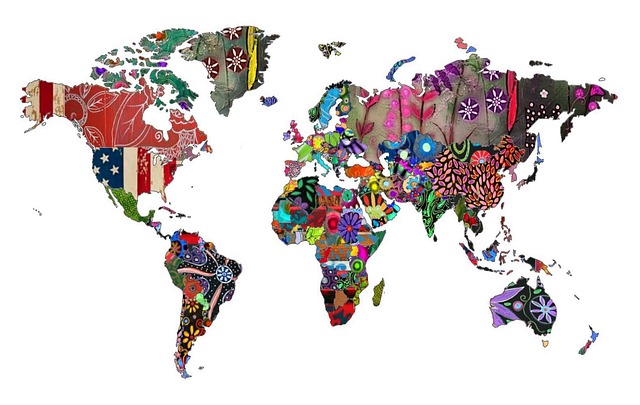Months passed. I ate okonomiyaki: the only thing my stomach could stand the first few weeks of Covid isolation. The only thing to settle my nerves after the uprisings a few months later. And then a version shared among friends, at a long-delayed reunion, on a patio in Oakland. A recipe I cooked during months of medical testing, for kidney pain, lying through M.R.I. after M.R.I. A recipe eaten after learning, upon returning from a queer club, about a shooting at another queer club mere states away. A recipe shared in Kyoto months later, mellowed on sake, sleepy in a yukata, eaten by hand from a single plate.
In every meal we touch reside the dishes we’ve cooked before. Nothing is wasted. The first scene of “Family Meal” — the shared okonomiyaki, a quiet kitchen — became the last. Now I’m lost in another book, throwing more words out, and this will be my last Eat column.
But it could be, I think, that okonomiyaki has become a sort of home for me. Wherever its ingredients — cabbage, flour, water — can be found, you can conjure an abode. Some of us have the chance to build our own homes. Some of us lose them. And some of us find others looking for theirs, too, and we settle somewhere comfortable together. Seeing how much things can change, and what can be rebuilt with the pieces, is proof that we can change our lives as many times as we need to.
If we’re lucky though, even if only for a little while, some things stay the same. A few weeks back, after missing a train, I ended up in Osaka’s Kote, a tiny okonomiyaki spot alongside the local line. Three regulars huddled at the bar, while a single chef worked behind a griddle in sweatpants. His motions belonged to him, but I’d seen them countless times. When he set my plate on the table, the okonomiyaki was simple and could’ve been made in anyone’s home: which is to say that it looked beautiful. I told him so.
But he, too, grinned. Ah, he said. No. Not so special.
And I agreed — he was right. Not so special after all.

